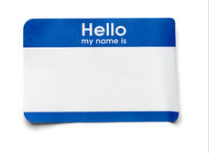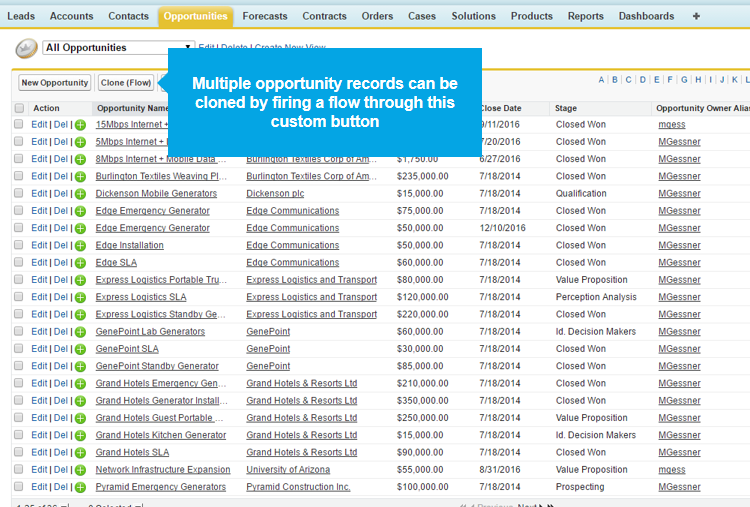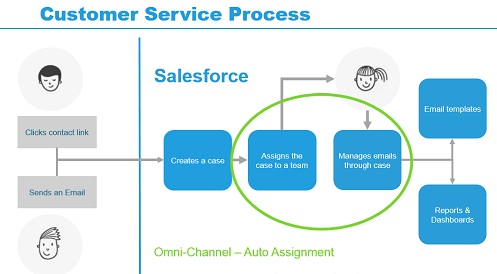 Nancy Johnson is a high level Project Manager hailing from Sydney, Australia. Having focused on being a Project Manager and Business Analyst during her career, getting Salesforce certified was her next logical step. Nancy shares her Salesforce journey with us below.
Nancy Johnson is a high level Project Manager hailing from Sydney, Australia. Having focused on being a Project Manager and Business Analyst during her career, getting Salesforce certified was her next logical step. Nancy shares her Salesforce journey with us below.
How and Why did you get started with Salesforce?
I am a very experienced Project Manager and a friend asked me to be a Project Manager at her organization which uses Salesforce. I pretty much self taught myself the system, with the help of the administrator and external vendors as we worked on projects. I learned a great deal about Salesforce, but realized in order to find another job in the industry I needed a more detailed knowledge of Salesforce and some certifications.
What were your goals when starting and how did you keep motivated?
I would like to obtain my Admin201, Sales Cloud and Service Cloud Consultant certificates by the end of 2016. At times I do not feel like studying or doing the practice work each day but it is my full-time job right now. I want to keep going to get them on my resume and become a valued contractor in the Sydney Salesforce market.
What was the most challenging part of learning Salesforce and how did you rise above those challenges?
The basic concept of Salesforce is quite simple and user-friendly but I have found if you look under the hood you need to have good knowledge to get further.
What is your role now and what does your day to day look like?
Currently I am a full-time Salesforce student and looking for my next project contract.
Which steps would you suggest for someone that wants to start a Salesforce career?
- On a business side, (I don’t know about technical) get some business analyst experience in a company that uses Salesforce. Then work through your Admin201 to gain basic knowledge while you are working.
- Pick the brains of any professional Salesforce vendors/contractors.
- There are SO MANY different ways to configure Salesforce that it is overwhelming if you look at it at face value but you find that there are standard ways that most organizations work. To be honest, I am not sure WHY Salesforce has so many customization options. I really don’t think it is really necessary for 99% of users/organizations.
What Certification are you studying for now?
Focus on Force currently provides practice exams and study guides for sixteen certifications















